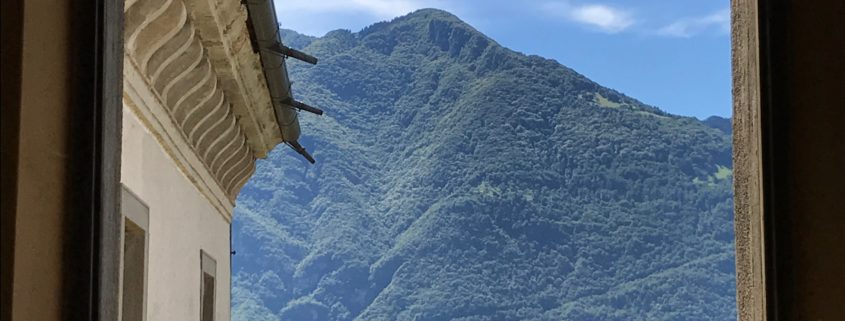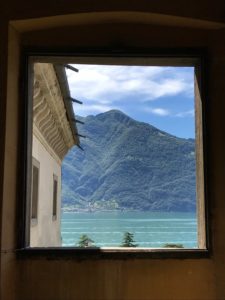
In questo post vorrei condividere un pensiero attorno all’ubicazione dei palazzi storici.
I palazzi storici di un certo pregio non sorgono mai casualmente, in un punto piuttosto che in un altro di un dato territorio. Così come le Chiese ed i castelli hanno una collocazione accuratamente studiata sia sotto il profilo dello sfruttamento delle caratteristiche territoriali che sotto il profilo simbolico e di potere.
I palazzi storici appaiono spesso all’esterno ricchi, imponenti e di non facile accesso. Mentre l’interno riserva angoli di paradiso privato e scorci sul paesaggio assolutamente esclusivi.
Tutto ciò al fine di garantire l’immagine che la famiglia voleva comunicare all’esterno ed una riservatezza assoluta tra le mura.
Ottenere questi risultati significava avere dei progettisti dalla conoscenza ampia e complessa sia tecnica che umanistica, capaci di gestire e sfruttare le caratteristiche del territorio così come produrre un impatto psicologico sulla gente, sui dignitari così come sui sottoposti.
Infatti nei tempi antichi la progettazione coinvolgeva più figure sia tecniche che umanistiche e la formazione stessa degli architetti contemplava un’ampia formazione umanistica.
Tutte caratteristiche dal grande fascino, che mi tornano alla mente ogni qual volta il mio lavoro mi riserva il privilegio di passeggiare tra le mura di un palazzo e di udirne la sua più intima voce.
Un ultimo pensiero all’età contemporanea, forse se si coinvolgessero più poeti nella pianificazione del territorio e delle città potremmo avere risultati più alti.
Testi e immagini SilviaConti©RestauroConservativo
In this post I would like to share a thought about the location of the historic palaces.
Historic palaces never building randomly, at one point rather than another in a given territory. Like as churches and castles the place was carefully studied both from the point of view of the exploitation of territorial features, as well as of symbolic meaning .
Historic palaces appear rich, imposing and unobtrusive outside. While the interior retains the corners of private paradise and views of the absolutely exclusive landscape.
All this to ensure the image that the family wanted to communicate to the outside and absolute privacy in the walls.
Getting these results meant having designers with extensive and complex knowledge both technical and humanistic, capable of managing and exploiting the features of the territory as well as producing a psychological impact on people.
In fact, in ancient times, design involved more figures, both technical and humanistic, and the training of architects contemplated extensive humanistic study.
All the great charms that come to my mind every time my work gives me the privilege of strolling through the walls of a building and hearing its intimate voice.
One last thought to contemporary age, perhaps if we involve more poets in the planning of the territory and the cities we might have higher results.




